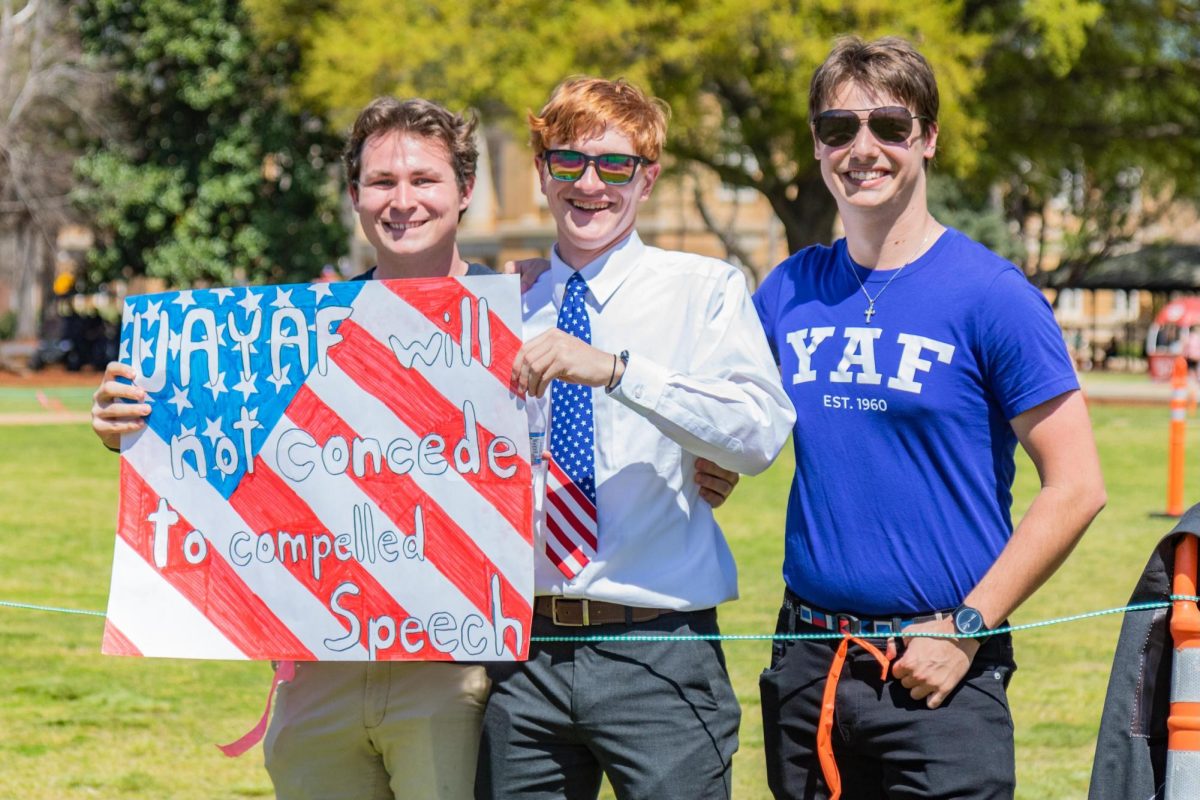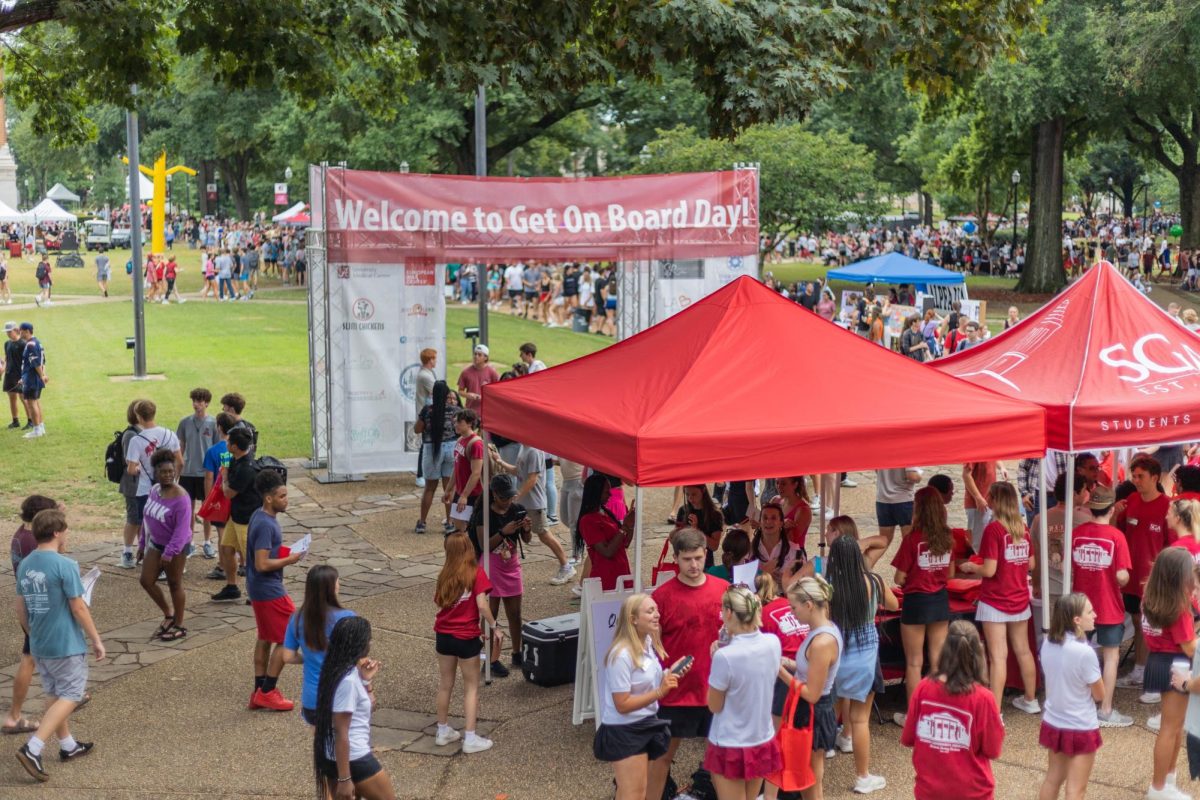Sunday morning has remained one of the most segregated times of the week.
Dr. Martin Luther King remarked during a 1963 lecture that, “We must face the fact that in America the church is still the most segregated major institution in America. At 11:00 on Sunday morning when we stand and sing that Christ has no east or west, we stand at the most segregated hour in this nation. This is tragic.”
What is even more tragic is that little has changed since King spoke these words.
According to LifeWay Research and Rice University sociologist Michael Emerson, 8 in 10 congregations are composed of one predominant racial group, making our “churches 10 times more segregated than the neighborhoods they inhabit and 20 times more segregated than nearby public schools.”
And yet, most churchgoers think their church is fine as it is.
LifeWay Research reports that “two-thirds of American churchgoers (67 percent) say their church has done enough to become racially diverse, and less than half think their church should become more diverse.” After breaking down the statistics a bit further, they found that whites were least likely to say that more diversity is needed at church (37 percent) whereas African Americans (51 percent) and Hispanic Americans (47 percent) were most likely to want more diverse churches. Even the majority of white pastors (90 percent) said that “racial reconciliation is mandated by the Gospel” although only 35 percent of pastors reported speaking up about it regularly during church services.
People do not naturally want to separate themselves from those who do not look like them; the modern segregation in our churches is a product of Jim Crow, which kept blacks and whites apart in the pews. If we look at early church history, we find that the church was never meant to be divided. Throughout the Book of Revelation in the Bible, we see descriptions of heaven as being composed of people “from every nation, from all tribes and peoples and languages, standing before the throne and before the Lamb” (Revelation 7:9). We see throughout the New Testament descriptions of the first Christian church as an ethnic smorgasbord – the church was deliberate in breaking down the cultural/social divides within society and uniting groups that were traditionally hostile toward one another. And it was precisely because of this inclusiveness that the early Christian church was able to grow so quickly.
Promoting greater inclusiveness and diversity in our churches can better race relations as well.
“Segregated churches breed segregated lives,” said University of Chicago researcher Samuel Perry. “Religious communities develop cultural boundaries that define who is and is not ‘like us.’ ”
Studies have also shown that less interaction with people of different races affects what we perceive as being ‘ideal’ romantic matches. Only 27 percent of those who weekly attended church composed of predominantly one race reported being in an interracial relationship whereas those attending multiracial churches were much more likely to do so, according to the 2007 Baylor Religion Survey.
There are a lot of compelling reasons to desegregate our churches, but how do we translate these reasons into action? How do we walk all this talk?
I think that one of the things we can do as church-attending students is to first be an observer. What does my church look like? Does it look like the community around it? Are there cliques within my church based on race or social class? Am I welcoming toward others different from myself?
We also need to keep power dynamics at the forefront of our efforts. White churches making plans to build a more diverse congregation should remember that minority groups may have good reasons for not wanting to join, especially if the church is not incorporating their styles of worship and music into the service. White churches should not expect minority groups to bear the burden in integrating their church; whites should also consider attending churches where not everyone looks like them.
And finally, I think we should recognize that not everyone thinks the same. Each person carries with them a wealth of experiences that have shaped their views of the church and how they see themselves fitting within it. Predominately minority congregations may feel they want to maintain church as one of the few spaces where their race is not an issue, and we must listen to their reasoning and acknowledge the role that a history of racism has played in shaping these views.
But I think that ultimately, if we each live as if Christ has no east or west, we can make the church a place where every person of every race feels welcome and included.
Ruth Bishop is a senior majoring in biology and Spanish. Her column runs biweekly.








